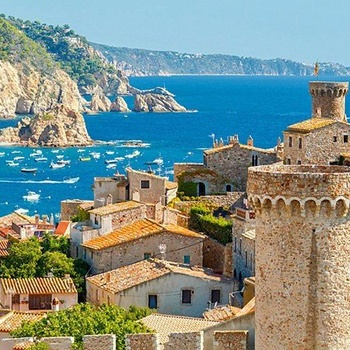
BARCELONA CITY
As Catalonia's capital, it goes without saying that Barcelona's unwavering energy and cultural elements make it unlike anywhere else. It is a colourful melting pot of culture, gastronomic goodness, art, music, and more. Be sure to spend a few days here!GIRONA PROVINCE
Leave behind the hustle and bustle of Barcelona and head north to Costa Brava to the coves of deep blue sea, beaches of golden sand, natural parks, medieval towns, and the works of Salvador Dalí. There are fascinating cities like Girona and old fishing villages with little whitewashed houses like Cadaqués. Undoubtedly a great place to enjoy the pleasant climate of the Mediterranean sea.This is also the region where our wedding venue, Castell d'Emporda, is located.
We plan on staying behind for three more nights at the Castell after the wedding to explore this region, so let us know if you guys will be around.
Click through this section for highlights of the sights and sounds!
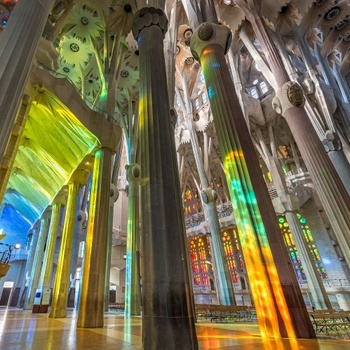
It’s practically illegal to go to Barcelona and not visit La Sagrada Família, Antoni Gaudí’s best-known and most ambitious project dedicated to the Holy Family— also known as the world’s largest unfinished church. The illusive end date remains a mystery. Book a ticket ahead so you can get inside and gawk at the vaults and rainbow stained glass.
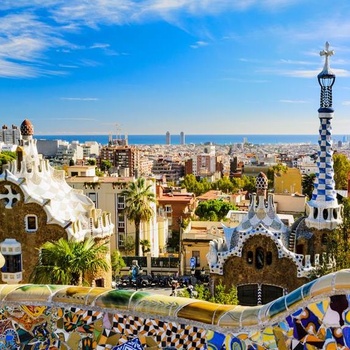
Park Güell is an almost make-believe landscape: home to Barcelona’s famous mosaic lizard—the image on a thousand postcards—plus spiral towers that look like fairground slides. The city’s grandest park began life as a collaboration between entrepreneur Eusebi Güell (hence the park’s name) and Antoni Gaudí.
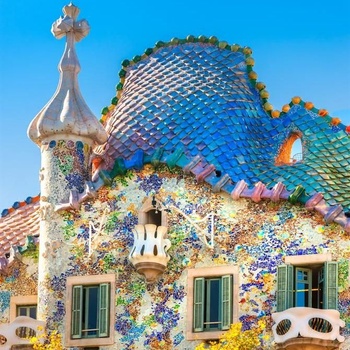
This is yet another one of many creations of the avant garde architect, Antoni Gaudi, nested within Barcelona. It’s easy to see why Casa Batlló has been likened to Claude Monet’s Water Lilies: Covered in shards of stained glass, it sometimes appears blue, then green, then shimmering like the glassy layer of a lake. Textile industrialist Josep Batlló commissioned Gaudí to design this home after seeing what Gaudí had done with Park Güell. Influenced by nature, Casa Batlló has no straight lines (because they don’t exist in nature, said Gaudí), stone pillars that contort like animal bones, and a tall, ocean-blue stairwell.
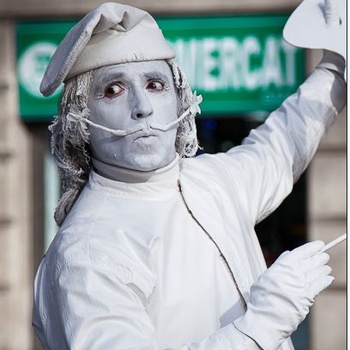
Barcelona’s most famous street—a nearly one-mile pedestrianized boulevard from Plaça Cataluyna to Port Vell—is still the strolling route for the city's visitors. Attractions along La Ramblas including live performances, human statue art, artists that will draw your portrait or caricature. Beware of pickpockets though!
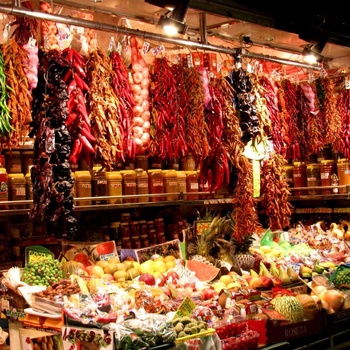
La Boqueria might be Barcelona’s oldest market—it started life in 1217 as a mere huddle of meat stalls on La Rambla. At La Boqueria, more than 200 stands unite like a foodie’s choir: traders’ shouts, the clink of glasses, welcome greetings sung out ("holaaaa"). Though, for all the atmosphere, it’s the smell that gets you: warm, ocean-salty, freshly fried fish: the kind that lines your nostrils, excites your stomach, and has to be washed down with a glass of cava.
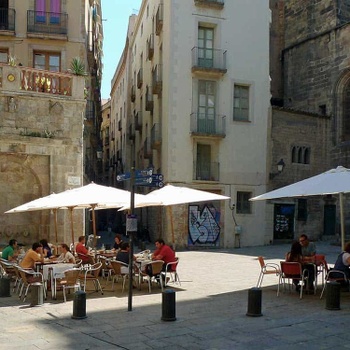
Brimming with old-world charm, the Barri Gòtic (Barcelona’s Gothic Quarters), captures the ambience of centuries ago. This medieval quarter is a quaint, traffic-free world where almost every architectural detail seems frozen in the Middle Ages. Imposing Gothic buildings with magnificent facades have stood the test of time, and amazingly narrow pedestrian streets show the wear on their smoothed-down cobblestones. Anywhere one wanders, hidden surprises abound, from tiny arcaded alleyways to inviting patios with peaceful fountains and outdoor cafes. Street musicians find quiet courtyards where the acoustics are perfect for playing melodies of classical Spanish guitar. Attractions in this area include the Cathedral of Santa Eulalia, Plaça Reia and the Picasso Museum.
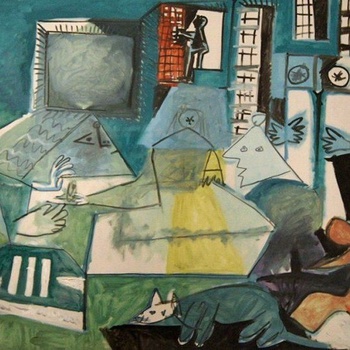
Also within Barcelona's Gothic Quarters, this museum boasts an extensive collection of paintings and drawings, as well as prints (lithographs and etchings) from all of Picasso's artistic periods. The museum is considered to possess the world's most important collection of Picasso's early works.
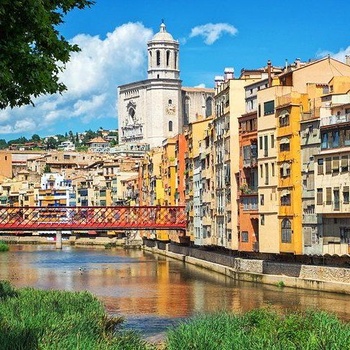
Girona is the sparkling crown jewel of Catalonia. This medieval walled city, 103 kilometers from Barcelona, has a rich cultural heritage with diverse influences from the ancient Romans, Moorish-era Arabs, and Jews. For those Game of Thrones fans, Season 6 was filmed here.
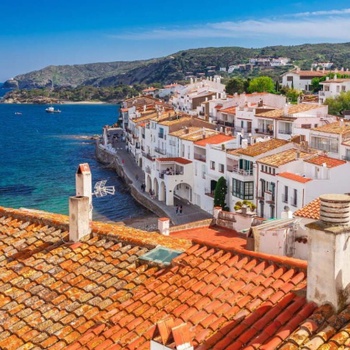
This is just one of many towns dotted around Costa Brava and Empordà. This lovely village with seagoing routes has excellent beaches and tranquil coves with clear water which, together with an unbeatable tourist infrastructure, attracts anyone looking for a place to enjoy sun and sea. Its has the best conditions for all kinds of watersports.
At the head of Cadaqués bay rises the network of narrow cobbled streets and white houses making up the old town. During the first decades of the 20th century, the town became an important European cultural centre. Many leading artists, like Picasso, Chagall, Dalí and Klein, found their particular source of inspiration in this beautiful corner of the province of Girona.
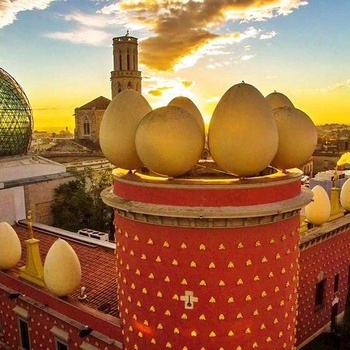
Figueres is the birthplace of Salvador Dalí and home to the Dali Museum, one of the most-visited Spanish museums. One of the most famous figures in art history, Salvador Dalí is remembered as much for his extravagant persona and iconic mustache as he is for his creative output—which spanned painting, sculpture, and product and set design, as well as film. Not surprisingly, it is the place for the lovers of fine art. Close to the border with France, this Catalan city also offers great food, wine, and beaches.